As a product of the integration of contemporary biomechanics and information technology, the smart foot scanner integrates a high-resolution sensor array and advanced image processing algorithms, enabling it to quickly capture the three-dimensional morphological information of an individual's foot in a non-invasive manner.
Compared to traditional manual measurement, this technology significantly improves measurement efficiency and accuracy, reduces human error, and ensures the comprehensiveness and refinement of data. Users only need to stand on the scanning platform easily, and they can obtain a detailed analysis report containing multiple dimensions such as the height, width, curve shape, and pressure distribution of the arch within a short time. This provides a scientific basis for subsequent shoe customization, orthotic selection, and even the formulation of rehabilitation training programs.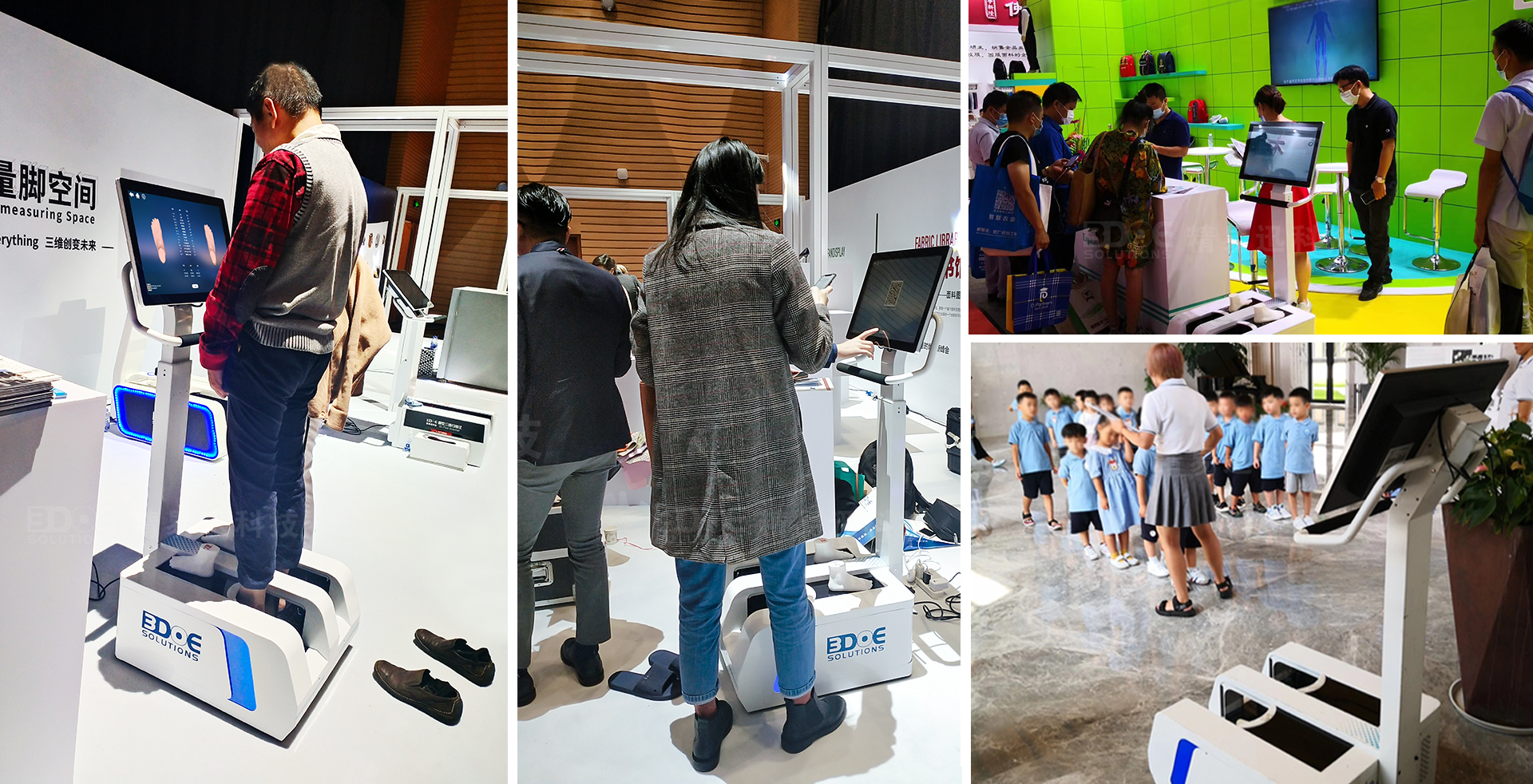
Applications of 3D foot scanners
For individuals with high arches, such precise evaluations are particularly important. High arches can lead to gait abnormalities, increased weight-bearing pressure on specific areas, and ultimately result in various foot diseases such as plantar fasciitis and Achilles tendinitis. The smart scanner can accurately identify these risk factors, provide data support for preventive interventions through quantitative analysis of uneven distribution of plantar pressure, and reduce long-term discomfort and dysfunction caused by foot problems.
In addition, the introduction of smart foot scanning technology has also promoted the application of big data in foot health research. Through cross-disciplinary data integration and analysis, researchers can explore the complex relationship between foot structural characteristics and health issues, providing scientific guidance for the optimization of foot disease prevention and treatment strategies. This has far-reaching significance for improving public health and reducing medical costs.
Of course, the widespread popularization of smart foot scanners still needs to overcome several challenges, including but not limited to controlling equipment costs, improving users' awareness and acceptance of new technologies, and ensuring data privacy and security. Therefore, future research and development should focus on technological innovation to reduce costs, optimize user experience design, strengthen public education to enhance the understanding of the importance of foot health, and ensure information security in the process of technology application.

 +86-0755-86131192
+86-0755-86131192 2024-06-13
2024-06-13 Back to list
Back to list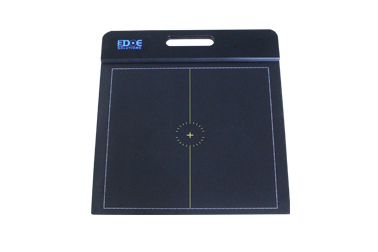
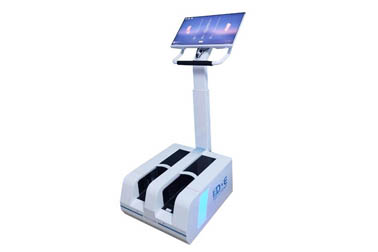
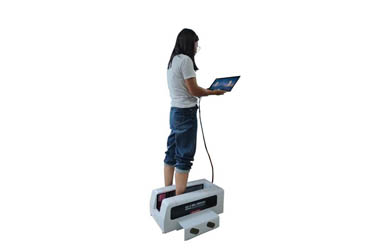
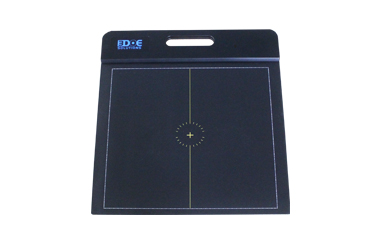

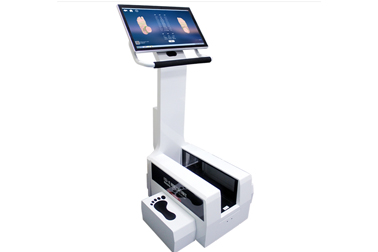



 +86-0755-86131192
+86-0755-86131192